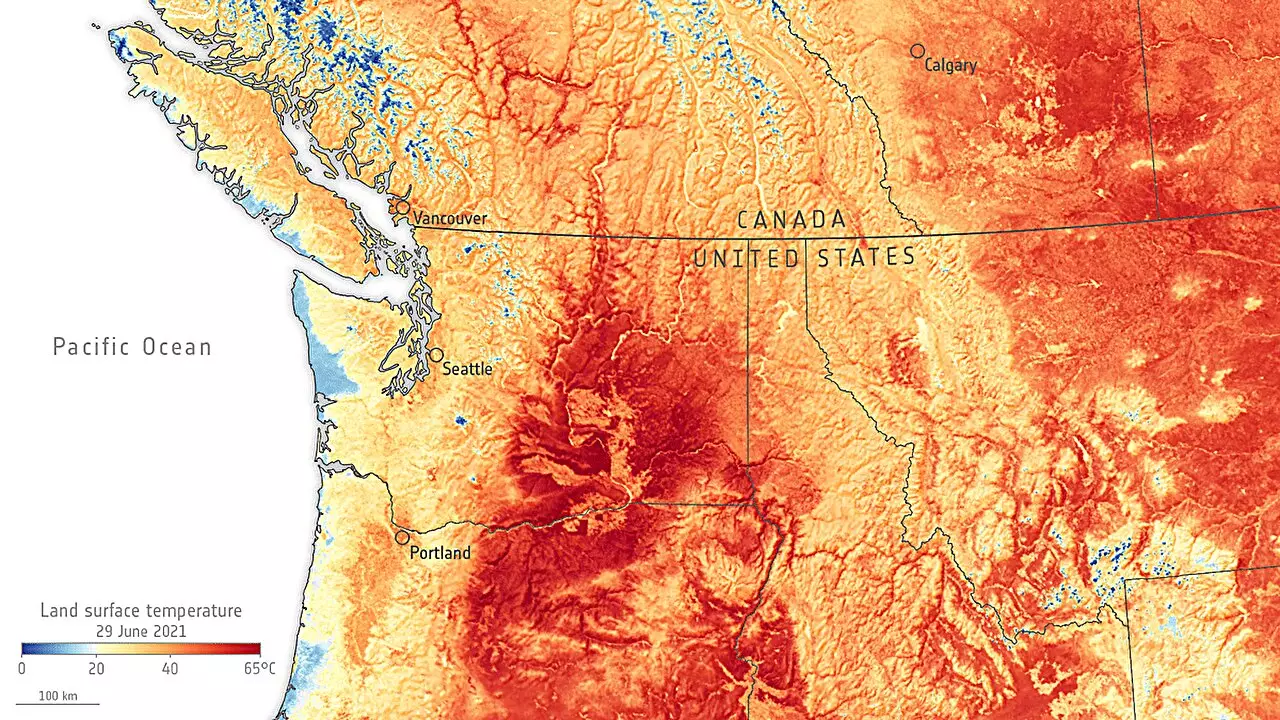Weather forecasting has always been a complex scientific endeavor influenced by multiple variables, including atmospheric pressure, temperature, and humidity. Traditional methods of weather prediction are limited in their lead time, typically offering forecasts only about ten days in advance. This limitation arises from the sensitivity of atmospheric conditions, where minor discrepancies can ripple through predictive models, resulting in significant variations and rendering long-term forecasts unreliable. Notably, extreme weather events, such as the devastating heat wave that struck the Pacific Northwest in June 2021, demonstrated the critical need for better forecasting tools. This event highlighted how quickly weather anomalies can devastate infrastructure, agriculture, and human lives.
Meteorologists have historically employed adjoint models to measure how minor alterations in initial conditions impact forecast accuracy. By scrutinizing how variations in elements like temperature or atmospheric moisture affect subsequent forecasts, scientists can refine predictive models. However, these adjoint models are not without constraints. They necessitate substantial computational power and resources, while also being limited in their ability to forecast beyond a five-day window. This has hindered the ability of communities to prepare for impending severe weather events effectively.
Recent advancements in technology, particularly within artificial intelligence, have opened new avenues for improving weather forecasts. Research published in the journal *Geophysical Research Letters* explores the potential of deep learning as a viable alternative to traditional methods. By leveraging innovative forecasting models like Google DeepMind’s GraphCast and Huawei Cloud’s Pangu-Weather, researchers sought to ascertain whether deep learning could enhance prediction accuracy over extended periods.
Testing these models against historical data, particularly the notable June 2021 heat wave, allowed the researchers to simulate forecasts without biasing results. The findings were remarkable: the application of deep learning techniques resulted in a staggering 94% reduction in forecast errors for GraphCast and similar results for Pangu-Weather. This technique enabled accurate predictions extending up to 23 days into the future, a substantial improvement over existing methodologies.
The implications of these findings are profound. Enhanced forecasting capabilities could empower communities to prepare for extreme weather situations more effectively, mitigating potential harm to lives and property. Better predictions can lead to timely evacuations, better resource allocation, and more robust agricultural planning. As cities face the increasing frequency of climate-related disasters, these advancements are not just theoretical; they represent a critical need for practical solutions in a changing climate.
As research continues, the integration of deep learning into weather forecasting could herald an era of significantly improved predictive capabilities. The challenge remains, however, to continually refine these models and ensure their accessibility to meteorologists and communities alike. The ongoing evolution of technology paired with robust scientific inquiry may soon allow us to stay one step ahead of nature’s unpredictable hand.


Leave a Reply